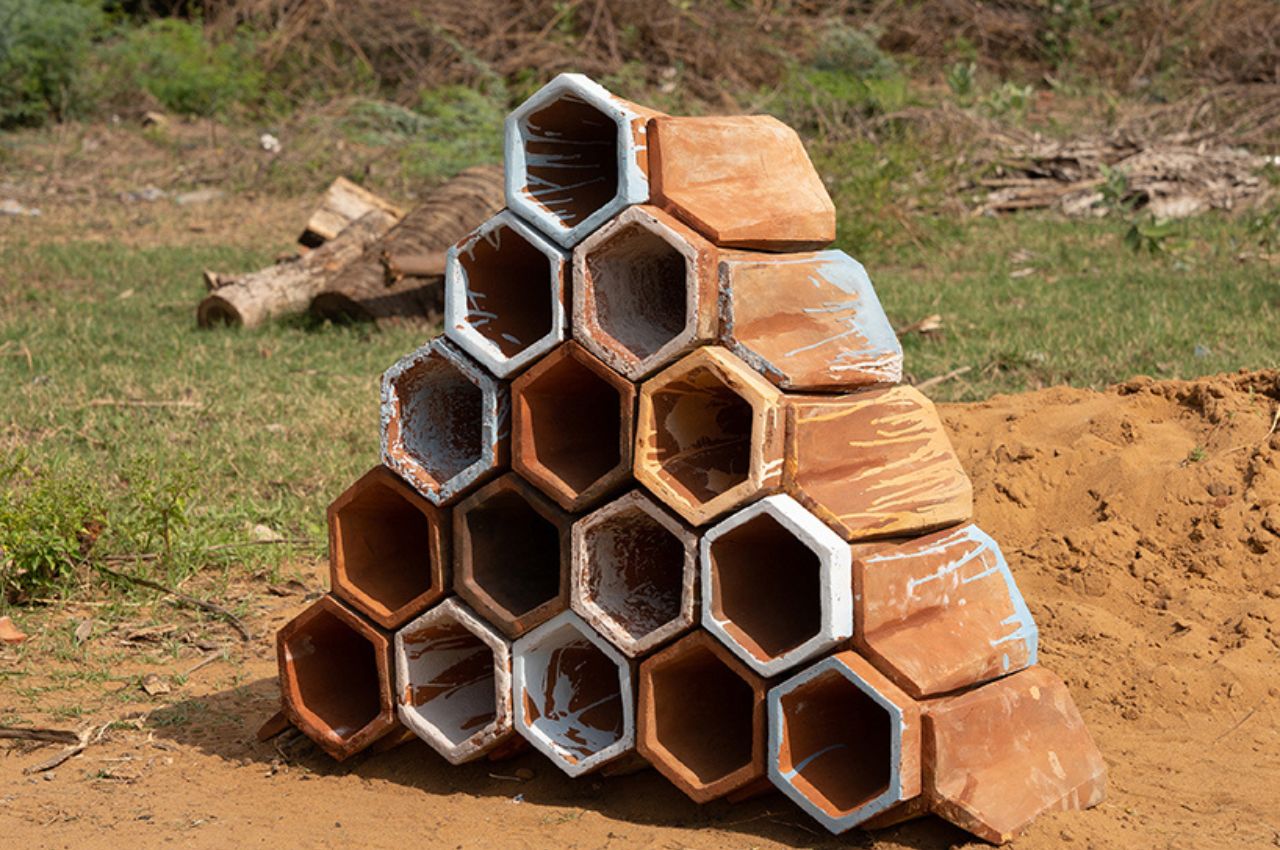
In a world grappling with environmental challenges, Studio SKLIM’s Lo-Hi Tech project stands out as a beacon of innovation, marrying high and low technologies to create hybrid solutions that are not only efficient but also environmentally friendly. This project is a testament to the power of blending primitive materials with modern and ancient technology to address contemporary issues and enhance human living conditions.
Designer: Studio SKLIM
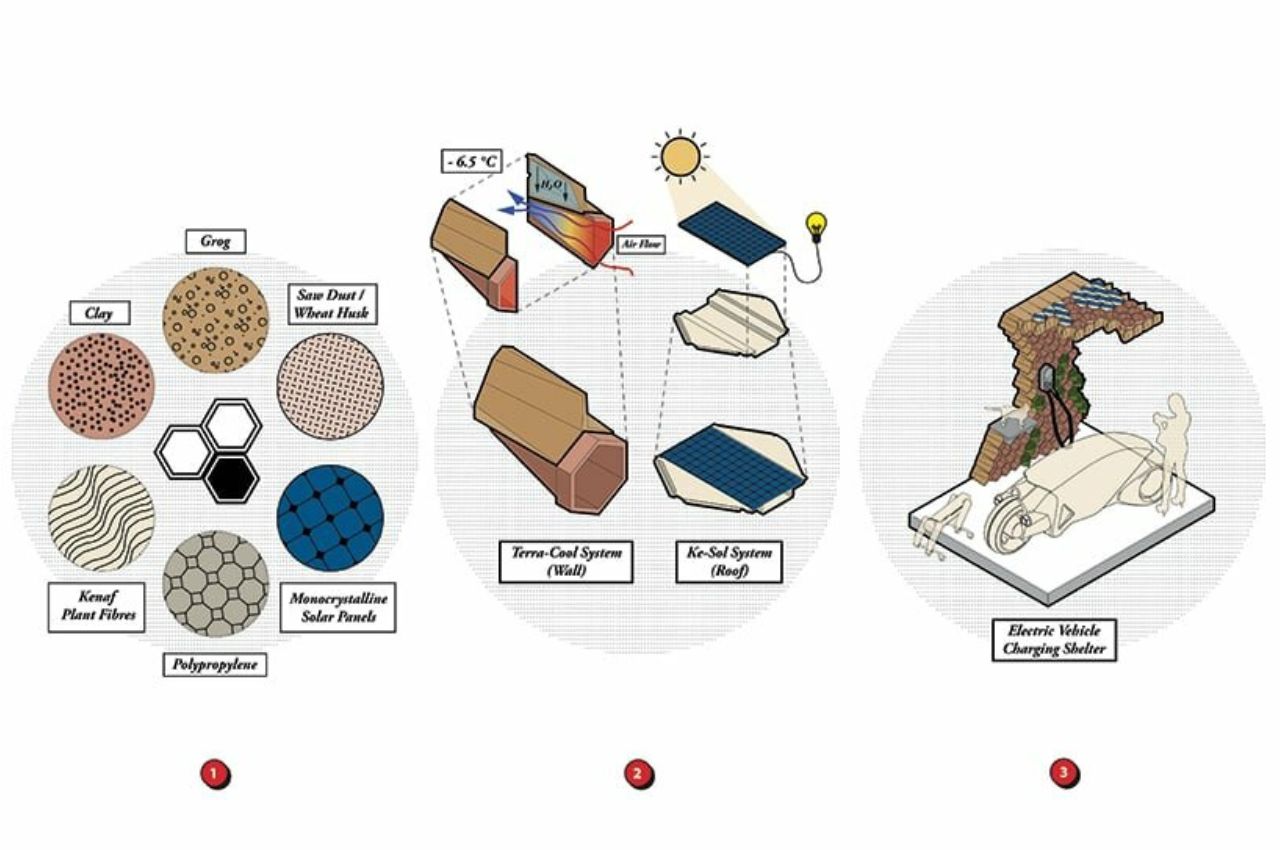
The Lo-Hi Tech project revolves around two main building material systems: the Ke-Sol System (KSS) and the Terra-Cooling System (TCS). The Ke-Sol System seamlessly combines the strength of Kenaf fibers in lightweight biocomposite roof tiles with custom solar panels, showcasing a perfect harmony between nature and technology. Through a meticulous process involving high thermal pressure, Kenaf fiber mats are transformed into robust yet lightweight roof panels. These panels are then integrated with monocrystalline solar panels, creating an innovative roof tile capable of generating clean energy through its modular and tiltable configurations.
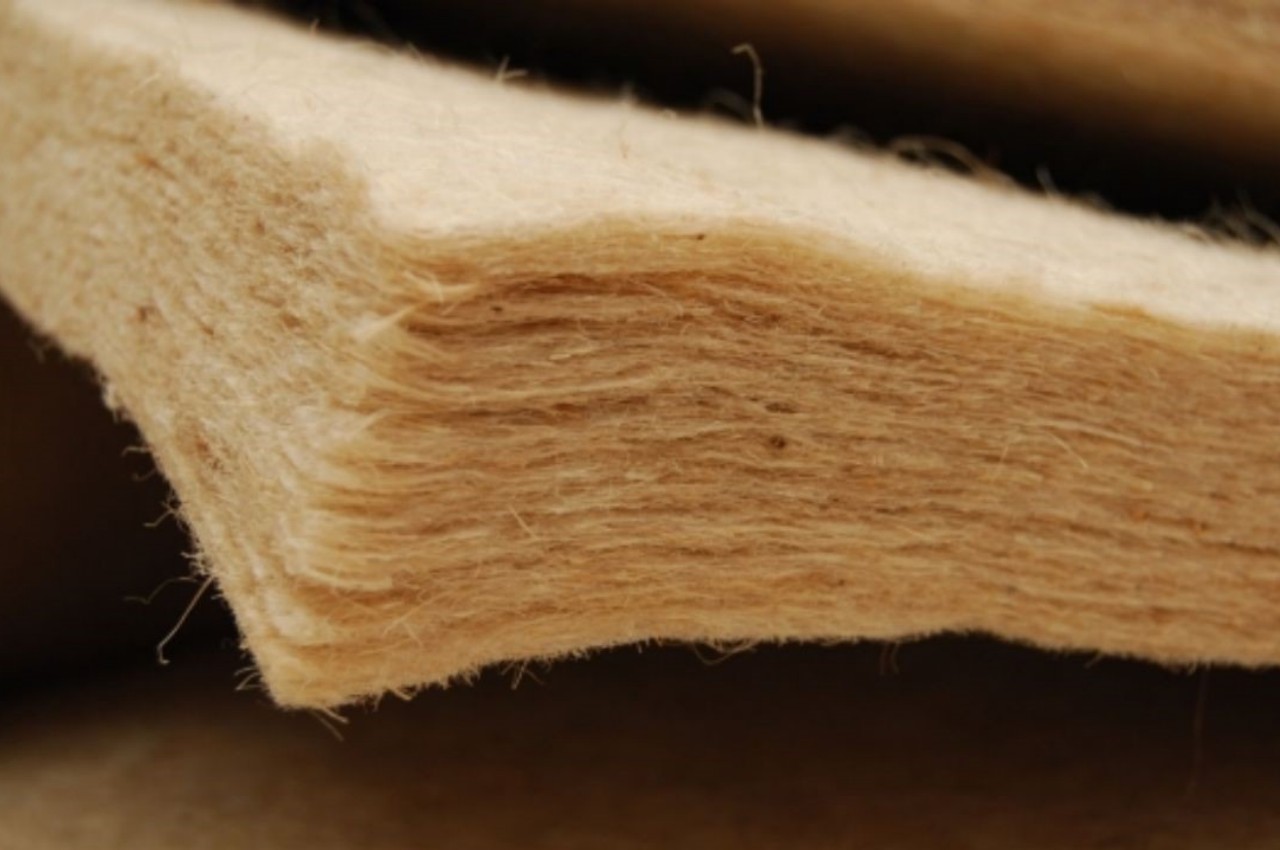

The integration of the Ke-Sol System not only emphasizes sustainability but also illustrates the potential for future-proofing primitive materials with advanced technology. The combination of Kenaf fibers and solar panels provides a durable roofing solution and also transforms roofs into energy-generating surfaces. This not only reduces the environmental impact of traditional roofing materials but also contributes to a cleaner and more sustainable energy future.
On the other front, the Terra-Cooling System harnesses the natural properties of terracotta, drawing inspiration from ancient refrigeration and irrigation techniques. Comprising Hex and Tri components, the system converts hot air into cool air while serving as a water tank. By integrating terracotta with innovative technology, the TCS forms a wall system capable of reducing air temperatures by an impressive 6.5 degrees Celsius. This substantial temperature drop is achieved through the inherent cooling properties of terracotta, a well-designed form maximizing air and water flow, and the cooling effect driven by water evaporation.

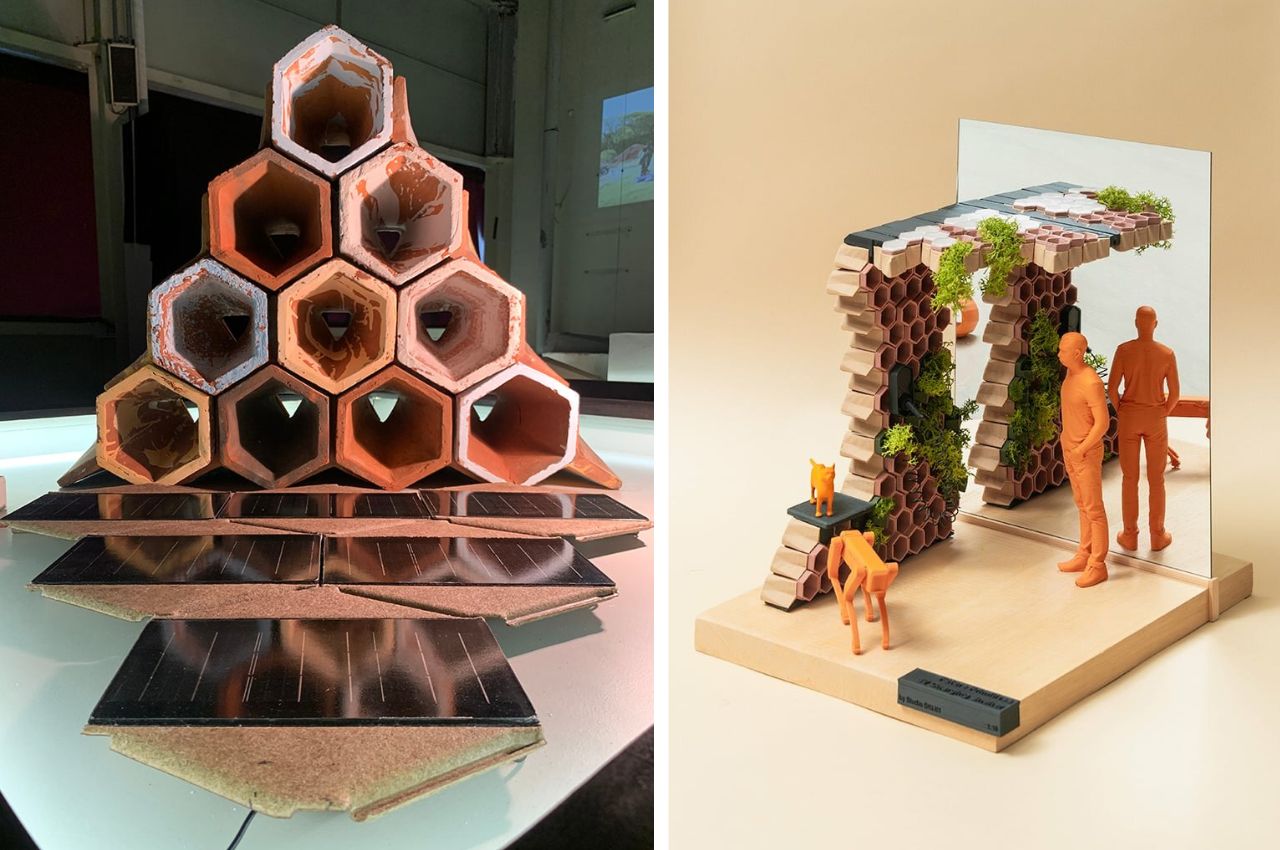
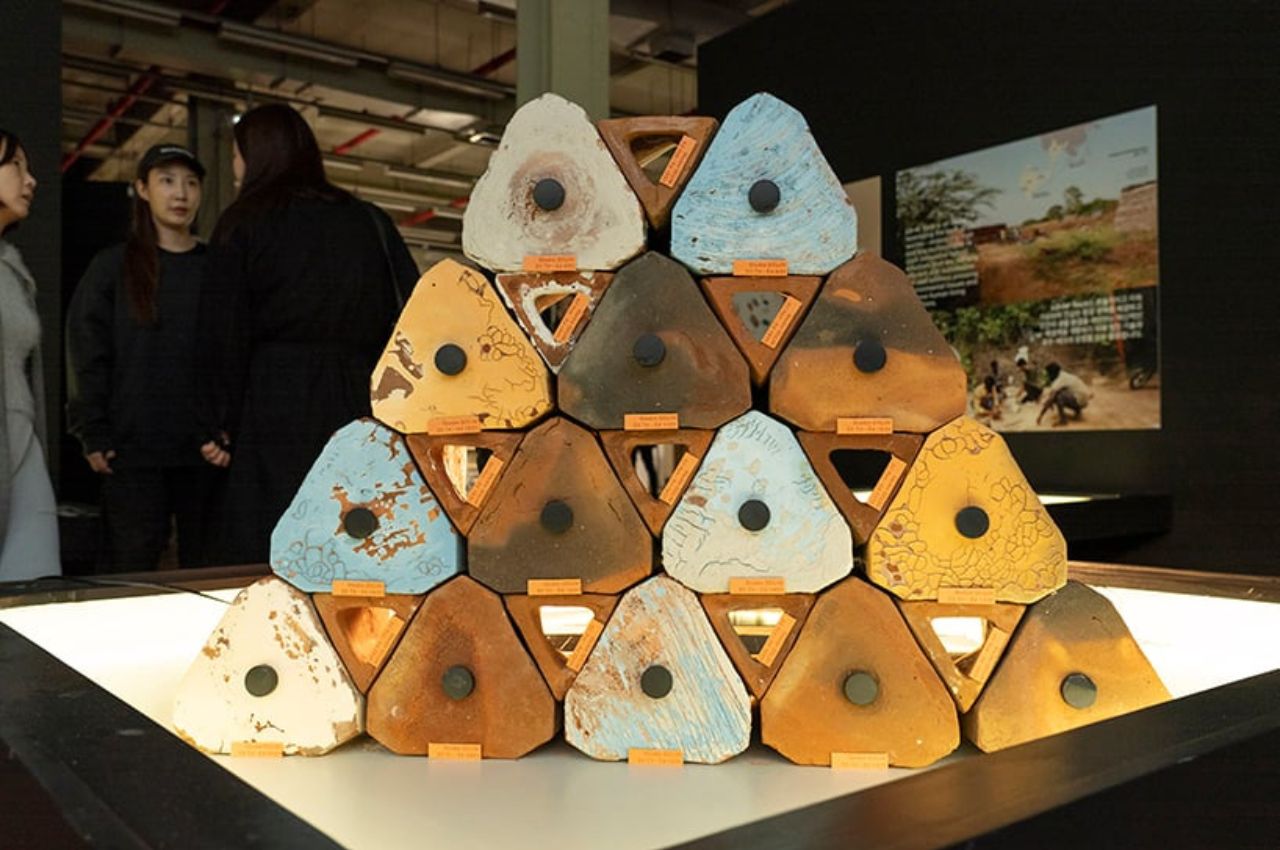
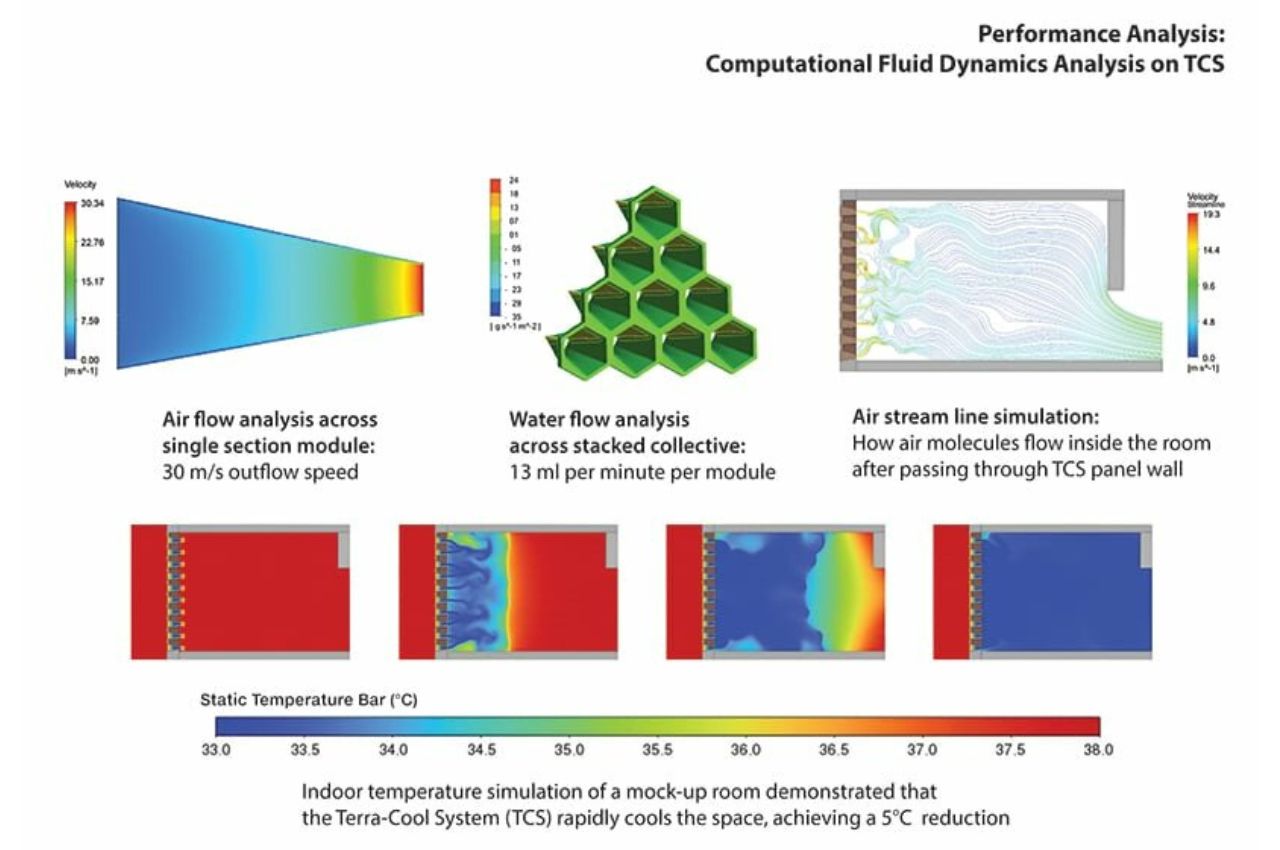
Computer Fluid Dynamics (CFD) simulations play a crucial role in refining the TCS design for optimal evaporative cooling performance. The system envisions a future where material systems seamlessly transition between shelter and vehicular infrastructure, breaking conventional boundaries. One promising application involves creating sustainable shelter infrastructure for Electric Vehicle (EV) charging stations. These structures not only reduce ambient temperatures but also utilize solar energy for localized lighting during the night, showcasing the project’s commitment to integrated sustainability solutions.
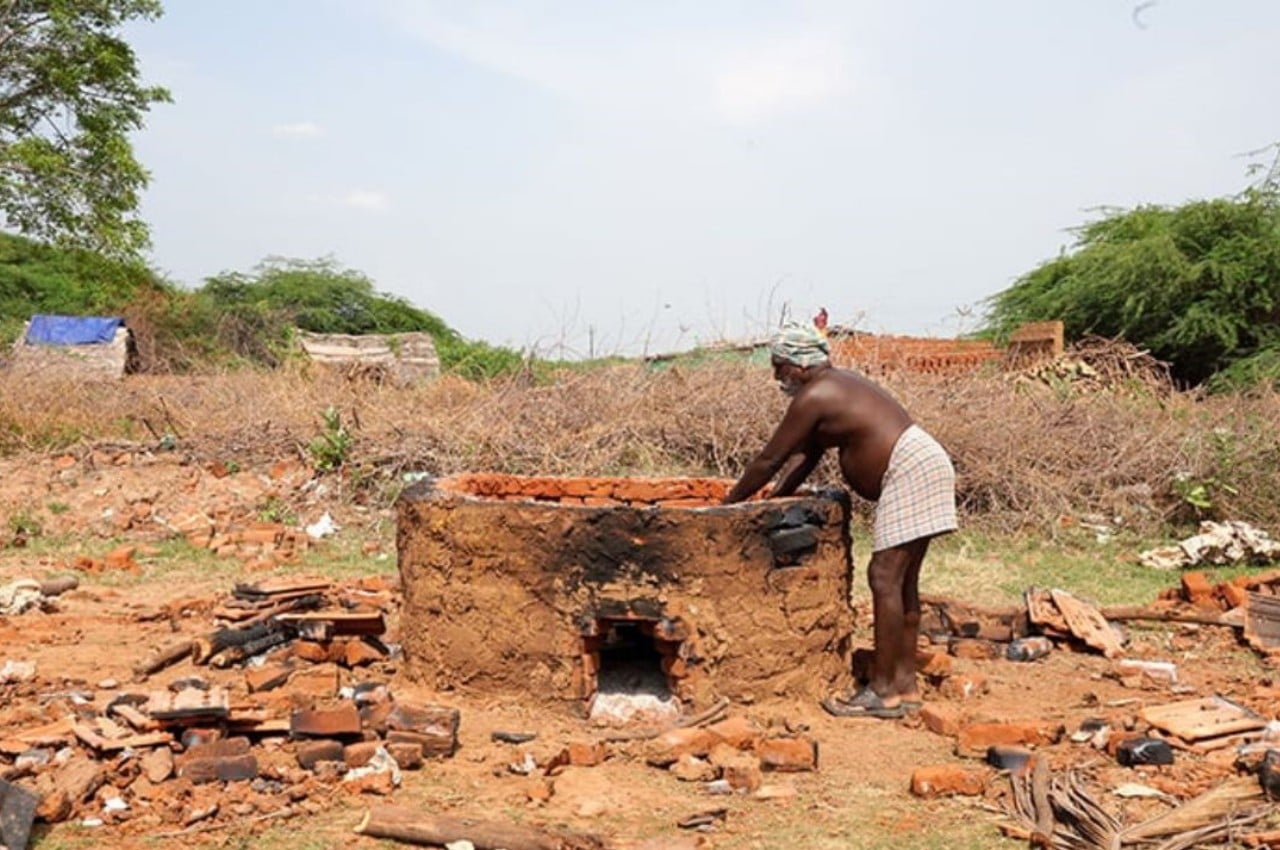
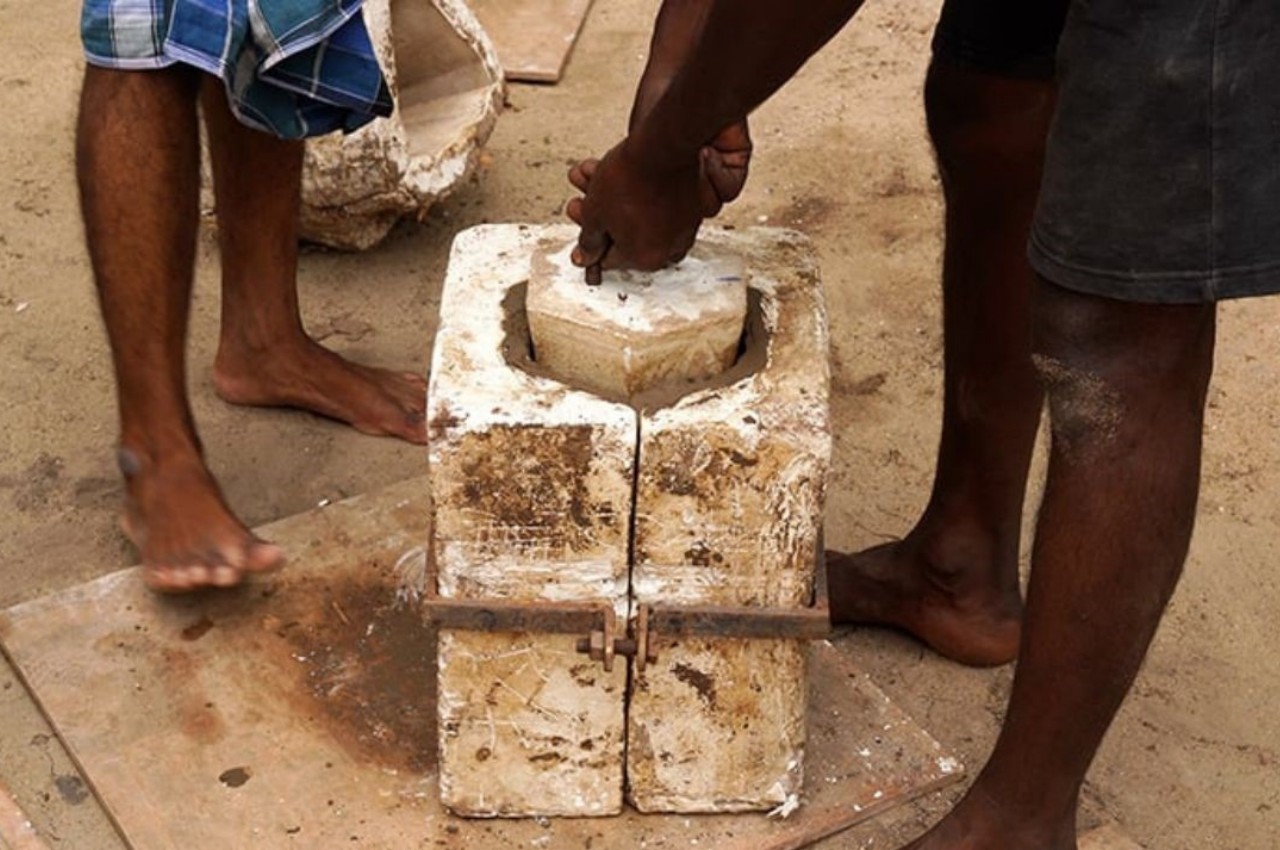


The Lo-Hi Tech project represents more than just a technological achievement; it is a celebration of the convergence of traditional craftsmanship with cutting-edge techniques. The images of terracotta pieces being removed from the kiln, custom-built wood-fired kilns, and CNC-milled molds reveal the meticulous craftsmanship involved in creating these sustainable solutions. This blend of ancient materials and modern technology exemplifies a forward-thinking approach to addressing environmental challenges while honoring the rich heritage of craftsmanship. It is a commendable example of how innovative thinking can revolutionize the construction and energy sectors. By combining primitive materials with state-of-the-art technology, the project not only showcases the potential for sustainable solutions but also sets a precedent for future initiatives that seamlessly integrate the built environment with vehicles, paving the way for a more sustainable and interconnected future.
The post Bio-composite Roof Tiles With Solar Panels Are An Ode To Traditions In The Modern World first appeared on Yanko Design.
from Yanko Design

0 Comments